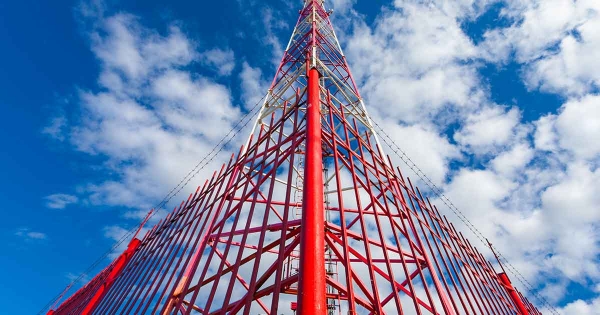One Size Doesn't Fit All – Another Look at Automation for 5G

The global 5G rollout is gathering speed. China is said to be taking the pole position, according to a recent report, while all the four major operators in the US will launch commercial 5G networks by the end of the year. Korea and Japan are also making significant strides toward 5G readiness, not the least because the 2020 Tokyo Olympics is on the horizon.
It has become well known that 5G will enable a large number of new use cases, in particular, enhanced mobile broadband (eMBB), massive IoT, mission-critical communication, including vehicle to X (V2X). This new web of complexity renders the conventional one-size-fits-all automation mechanism out of date. The industry needs a new regime of customized automation to address the challenges.
Automation comes in different forms when addressing varied challenges. The foremost demand is to automate network management. With the increasing network complexity and enriched functions, especially with the acceleration of 5G rollout, the sheer amount of data being generated will go beyond the capacity of manual design, planning, and management. Network management automation will be tasked to provide not only big data analytics but also generate and share intelligence to fix as well as preempt network errors.
5G’s technology properties strongly focus on virtualization, which enables advanced features like Network Functions Virtualization (NFV), network slicing, dynamic bandwidth allocation, etc. but it also creates increased complexity. Therefore, in the 5G era, automation means more than just automating the run-time of virtualized networks but extend to 5G end-to-end network and service management, including both the physical and the virtual networks.
More operators are expected to enter multi-play business enabled by different networks; therefore, automation needs to meet the challenges created by multiple networks integrated under one banner supplementing each other. For example, when an integrated operator runs a combination of satellite, fixed wireless, cellular, and even IoT, it would need automated and dynamic management to run all the network properties, for instance, prioritizing the best network selection and managing seamless hand over between them depending on the users’ location, application consumption, speed of movement, etc.
All these different challenges need automation to be customized, which is critical when it comes to the different 5G use cases. For example, bandwidth and mobility are critical for eMBB, capacity for massive IoT, low latency for connected cars, etc. And they do not come at the same time.
The significantly greater bandwidth required to enable richer media applications, such as AR/ VR, UHD video streaming, and 360-degree immersive experience—which will be highly desirable during live sport events—will already be realized at the beginning of 5G deployment. Automation is mainly needed for planning and implementing smart computing on the edge. On the other hand, the mission-critical applications that need extremely low latency, for instance, connected cars, smart fleets, and to a larger extent, the overall smart city solutions, will come later, as they require wider end-to-end 5G coverage.
When it comes to massive IoT, despite that standardization of NB-IoT was agreed on already in 2016, and the architecture is getting clearer from network RF through device hardware and software to the application layer, it does not mean all NB-IoT projects can be automated from the standard labs. They need customized lab environments to simulate the live cases the operators will offer the solutions to. For example, indoor deployment of NB-IoT systems, NB-IoT’s primary use cases (smart meters, for example) require different network properties from drones and connected cars. This would need the network planning to be done in a simulated environment as close to real life as possible.
In addition to deploying and managing the connectivity functions, automation should also come with business assurance functions, for example, built-in monetization mechanism of IoT which could be different from one environment and client to another. Also, the system also should be future-ready, for example, blockchain integration and self-remedial actions. Therefore, the automation solutions need to simulate these scenarios from the outset.
A concept frequently discussed is zero-touch automation. One of the most prominent proponents is the standardization body ETSI’s Zero-touch network and Service Management (ZSM) specification group, which is designated to bridge the gaps between various open-source and standard body automation initiatives. It has a special focus on 5G to start with. However, this does not mean there will be no role for smart engineers, because only humans can write the algorithms for the computers.
Moreover, this is bound to be a long, phased, and bit-by-bit process. At the end of the day, automation solutions for 5G should deliver:
- Successful 5G events in simulation as well as a live environment
- High demanding use cases, such as VR experience or even hologram experience
- Interoperability with other networks, including legacy networks, for instance, LTE fallback
In summary, 5G automation is clearly not a one-off, switch-on action at the wave of a magic wand. Instead, it requires a rethink of network architecture, security, cloud platforms, big data analytics, and business models.
At L&T Technology Services, we are working on some very interesting use cases in our 5G automation lab, including cold-chain supply and in-flight entertainment. We have also built a completely open, scalable, and flexible NB-IoT communication protocol stack which is being integrated into chipsets for field trials.
Let me know your thoughts on the complex yet exciting world of 5G automation.





